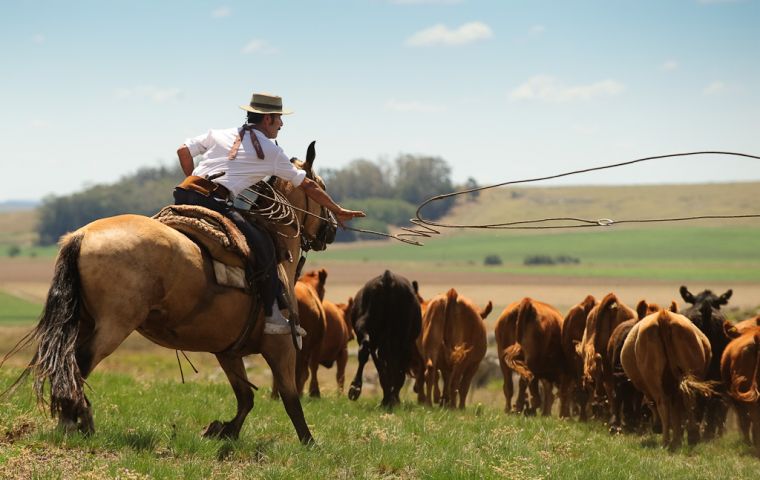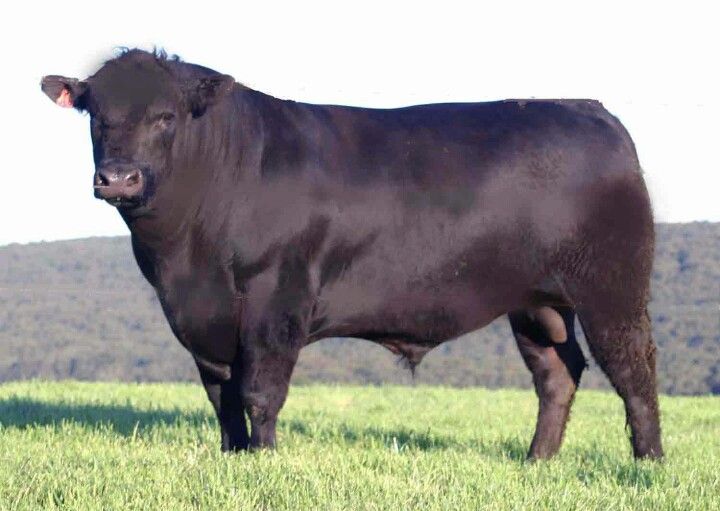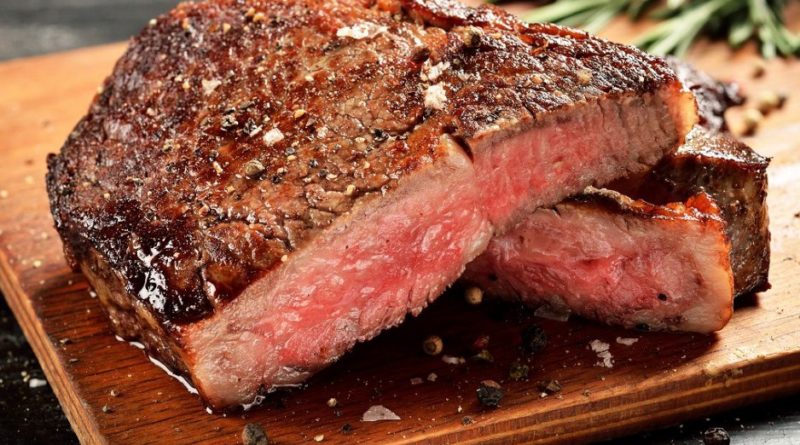The Popularity of Argentine Beef
The Argentines love their beef; in fact they have the world’s second largest consumption of beef with each Argentine eating almost 55kg of the meat each year. But it’s not only popular in Argentina – Argentine beef is world renowned – go in any high class steak restaurant in Europe and America and it will be top of the menu.
The History of Cattle Rearing
The rearing of cattle and production of beef has played a major part in the country’s history. First brought to Argentina by the Spanish Conquistadors in 1536, cows were installed on the Pampas where they quickly flourished, providing the landowners with a very healthy income. Following the expansion of the railway network and the invention of refrigerated trains and ships, Argentina’s beef export industry began to grow rapidly towards the end of the 19th century, with exports to both the United States and Europe contributing a very healthy export market.
As their reputation for providing high quality beef grew, Argentina began to introduce new breeds from Europe and to find ways to crossbreed these imports with local cattle to produce the best quality meat possible.
Beef Production Today
By 2006 there were over 50 million cattle in Argentina, most of which were kept in the fertile pastures of the Pampas. Currently the country is the third largest exporter of beef in the World with only Brazil and Australia exporting more. Since 2006, following a brief ban on beef exports, the Argentine Government has applied a 15% tax on exports and implemented various other restrictions in order to keep the price low for domestic consumers.
The Quality of Argentine Beef

The quality of the beef is dependent on two factors; the diet fed to the cattle together with the quality of their living conditions. In Argentina there are two different farming methods used for beef production; feedlot farming (or grain fed) and grass pasture farming (grass fed). Due to the temperate climate and above average rainfall, Argentina tends to have high quality pastures which, although are not suitable for some kinds of intensive agriculture, are perfect for rearing cattle. The Humid Pampa, with its large open pastures is probably the best known cattle producing region in Argentina.
Grass Fed Cattle
Grass fed beef is still the most popular in Argentina, due to the fact that the cattle live in much more natural conditions and are much less likely to be subject to hormone implants. However this method of farming requires large areas of expensive land and it generally takes longer to rear cattle in this way. Grass fed cattle are said to be much healthier than those cattle which are fed from feedlots as their beef contains a higher proportion of omega 3 fatty acids that those cattle fed on grain.
Grain Fed Cattle
In order to keep up with demand farming techniques have been developed which increase the rate at which the cattle can be reared. The most common way is to hold cattle in so called feedlots where they are fed on a diet of grain rather than grass. This has the effect of increasing the rate at which the animal gains fat, as the animals are kept confined in small spaces and being unable to exert much physical effort. Although the feedlot method guarantees a constant and controlled diet and year round productivity, as they don’t have to worry about the climate or availability of land for feeding, the cattle are often fed antibiotics along with their food to ward off any potential diseases. Consequently concerns have been raised about both the quality and taste of the meat and the welfare of the animals.
The Major Cattle Breeds

As the Argentine beef export market grew, farmers looked to increase the quality of the beef by introducing new breeds into the country, many of which came from Europe. The first of the new breeds to be introduced was the Shorthorn from the north east of England, which arrived in the country in 1826. These cattle were used not only for beef production but for milk too. Today the Argentine Shorthorn produces meat of very high quality due to a program of crossbreeding.
Another breed to arrive from England was the Hereford in 1858 which was known for its high yield, quickly followed in 1879 by the Aberdeen Angus which, as its name suggests, is from Scotland. This was one of the first breeds introduced into Argentina which has been kept as a pure bred rather than crossbreeding it with local breeds. Farmers also brought cattle from other European countries such as the Holstein from the Netherlands and the Charolais from France.
Today Argentine beef remains popular around the world but no more so than in Argentina itself where it’s often cooked over a charcoal flame as an assado.
